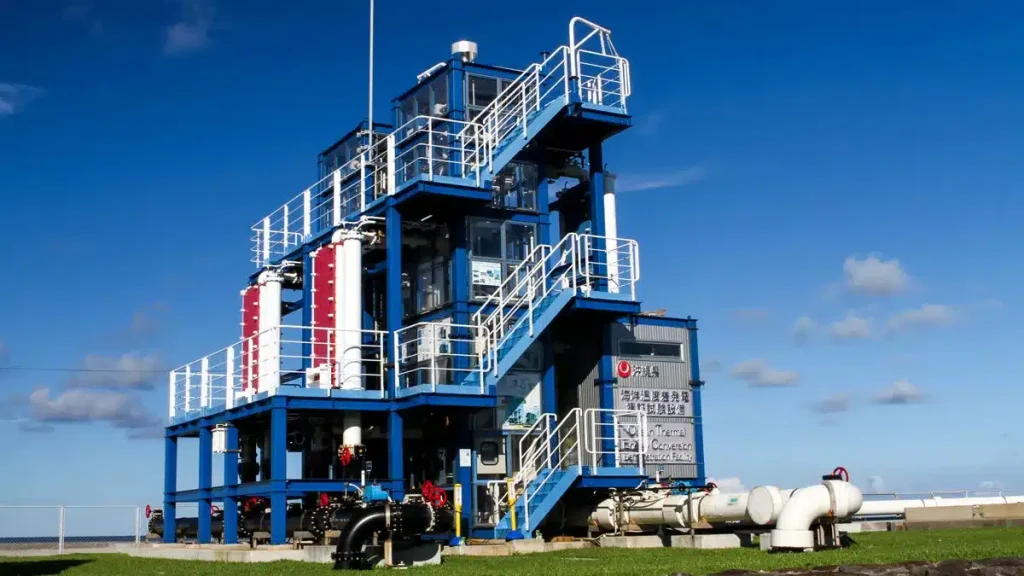Page Contents
- Tesla Powerwall 3 Overview
- Key Upgrades in the Tesla Powerwall 3
- Powerwall Model Comparison: Powerwall 2, Powerwall 2 Plus, and Powerwall 3
- What Can a Single Powerwall 3 Backup?
- Key Considerations Before Opting for the Powerwall 3
- Cost of Powerwall 3
- Future of Powerwall 2 and 2 Plus Amid Powerwall 3 Release
- Deciding Whether to Wait for Powerwall 3
- Selecting a Battery Storage Solution
- Similar Products In The Category
- Solar Сategories

Tesla Powerwall 3 Overview
In this article, we will explore the upcoming Tesla Powerwall 3, set for release in 2024. We will examine its benefits, limitations, and how it compares to its predecessors, helping you decide if waiting for the Powerwall 3 is the right choice for you.
8MSolar, a Certified Tesla Installer, has ample experience installing Powerwall 2s in North Carolina and Virginia. With the evolving solar energy market and Duke Energy’s new solar program, the relevance of battery storage is on the rise, offering more savings opportunities.
Choosing the right battery storage isn’t just about the latest tech. It involves aligning with your energy goals and lifestyle. We’ll provide insights on the Powerwall 3, comparing it with the reliable Powerwall 2.
Key Upgrades in the Tesla Powerwall 3
Enhanced Continuous Power: The Powerwall 3 delivers 20-30% more continuous power than the Tesla Powerwall 2 Plus.
Increased Panel Capacity: It can connect up to 35 panels (14kW) on a single inverter, a significant improvement for larger solar systems.
Simplified Installation: 57 pounds lighter than the Powerwall 2 Plus, the Powerwall 3 makes installation easier, benefiting both users and installers.
Powerwall Model Comparison: Powerwall 2, Powerwall 2 Plus, and Powerwall 3
This table provides a detailed comparison of individual units of Tesla Powerwall models:
| Feature | Powerwall 2 | Powerwall 2 Plus+ | Powerwall 3 |
| Energy Capacity | 13.5 kWh | 13.5 kWh | 13.5 kWh |
| Capability | Powers emergency circuits, lights, and outlets | Supports some lights, wall outlets, a refrigerator, and small to medium appliances | Can run most AC/heat pumps, wells, pool equipment, EV chargers, water heaters, and laundry appliances |
| Stacking Capacity | Up to 6 units | Up to 2 units | Only 1 unit |
| On-Grid Power (Continuous Power Supply) | 5.8 kW | 5.8 kW (without sun), 7.6 kW (with full sun) | 11.5 kW |
| Weight | 251 lbs. | 344 lbs. | 287 lbs. |
| Built-in Inverter | No | Yes | Yes |
| Round-Trip Efficiency | 90% | 90% | 97.5% |
| Warranty | 10 years | 10 years | 10 years |
What Can a Single Powerwall 3 Backup?
As noted earlier, a single Powerwall 3 is capable of powering a wide range of household equipment. It can effectively handle most AC/heat pumps, wells, pool equipment, EV chargers, water heaters, and laundry appliances.
The central part of a home energy storage system contains two main aspects: the length of time it can provide power during an outage and its surge capacity. The Powerwall 3 has enhanced its surge capacity, meaning it can support larger energy-consuming devices. However, this improvement does not extend the duration of the power supply. Therefore, while it can power more devices during an outage, the duration for which these devices can run may be limited unless energy usage is strategically managed.
Key Considerations Before Opting for the Powerwall 3
The upcoming Tesla Powerwall 3 brings exciting features, but it’s important to weigh certain factors before deciding to wait for its release. Here are some factors to consider:
Unchanged Energy Storage Capacity: Despite various improvements, the Powerwall 3 maintains the same energy storage capacity as the Powerwall 2 and Plus models.
Potential for Shorter Backup Duration: The increased energy withdrawal rate of Powerwall 3 could mean reduced backup duration during power outages.
Consistent Warranty Term: The warranty for the Powerwall 3 remains the same as that of the Powerwall 2 and Plus, spanning 10 years.
Cost of Powerwall 3
The big question is the cost of the Tesla Powerwall 3. As of now, precise pricing is unknown since the Powerwall 3 is scheduled for a 2024 release. There is speculation about a potential increase in the price per kWh for the Powerwall 3, but this hasn’t been officially confirmed. We, as your local certified Powerwall installer, will keep you updated on pricing information.
For context, before installation, the current Tesla Powerwall cost is $10,000 per unit, including the supporting hardware. A Tesla Powerwall installation is usually priced between $4,000 and $8,000 and is determined upon receiving a quote. The price for each additional unit or when bundled with a solar system purchase is about $11,900 to $11,600.
Future of Powerwall 2 and 2 Plus Amid Powerwall 3 Release
As Tesla gears up for the Powerwall 3 launch, there’s been curiosity about the fate of the Powerwall 2 and 2 Plus models. The good news is, they are not being discontinued! The Powerwall 3 is an addition to Tesla’s lineup, not a replacement. Both Powerwall 2 and 2 Plus will remain available, continuing to serve as effective solutions depending on individual energy needs. Remember, the latest model isn’t always the most suitable for everyone.
Deciding Whether to Wait for Powerwall 3
When it comes to energy storage technology, timing is a crucial consideration. With the current 30% Solar Tax Credit and rising electricity rates in North Carolina, there might be advantages to not delaying your decision.
However, the Powerwall 3 could be the better choice in specific scenarios:
For Air Conditioning Needs: If you aim to back up your air conditioner or heat pump with a battery, the Powerwall 3 is a strong contender. But be mindful of its capacity duration; mismanagement could lead to a shortage of backup power during longer outages.
For New Construction with Moderate Power Requirements: Those building new homes with energy systems around 15kW might find the Powerwall 3 more appropriate. It offers the option of using a single Powerwall 3 instead of two Powerwall Plus units, potentially saving on inverter costs, albeit with slightly less storage.
For Urban Areas with Brief Power Interruptions: In cities where power disruptions are short but frequent, the Powerwall 3 can provide seamless energy continuity. However, for areas prone to prolonged outages, the Powerwall Plus, with its larger storage capacity, maybe a more fitting choice.
Selecting a Battery Storage Solution
Selecting the right battery storage system involves more than just opting for the newest technology. It’s about aligning the solution with your unique energy objectives and lifestyle preferences. Are you looking for immediate power availability, or is extended backup duration more important to you? Making this decision requires weighing the advantages against the potential trade-offs.
Similar Products In The Category









